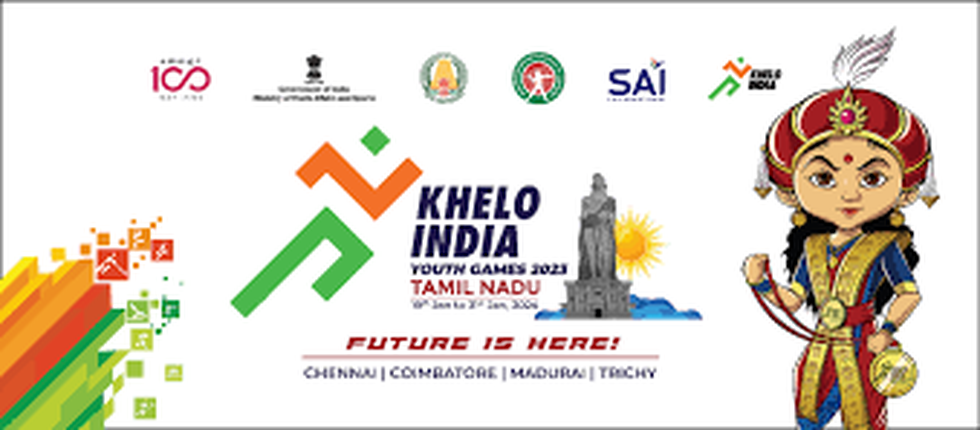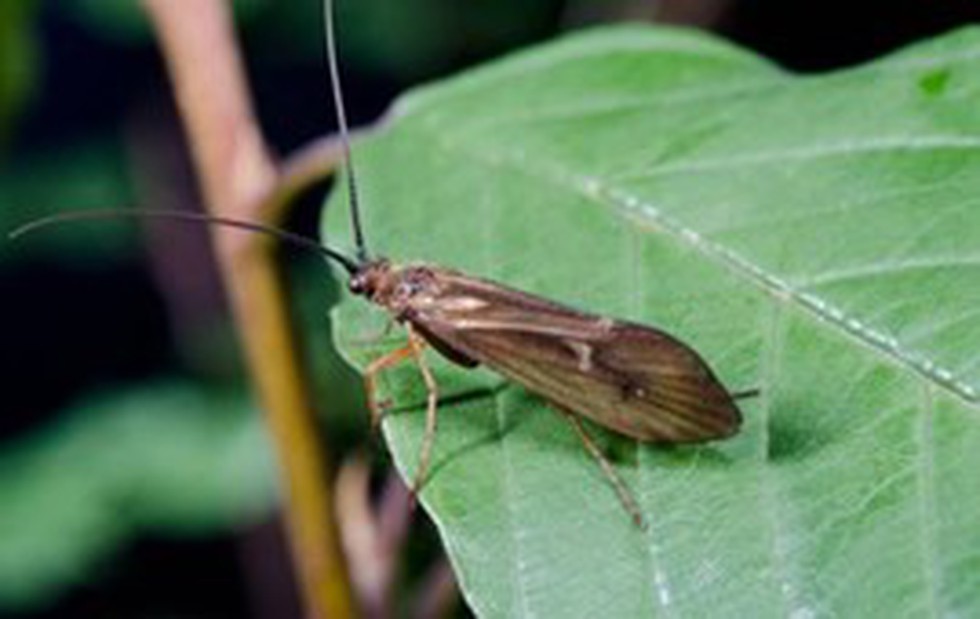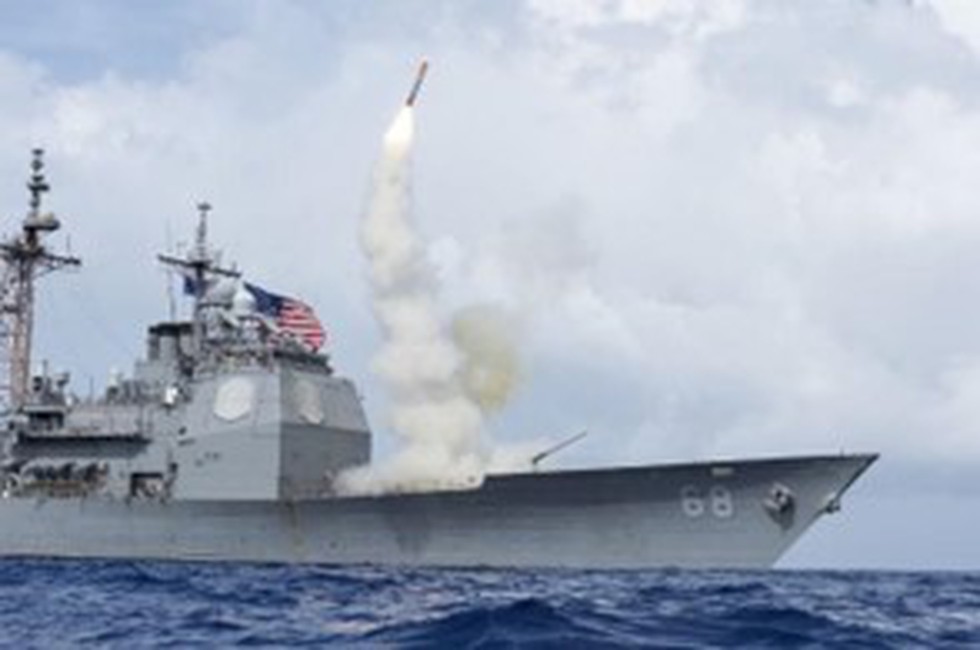
About the Nagara style:
- Nagara architecture is a classical architecture of temple design in northern India, contrasted with Dravida architecture in southern India.
- Nagara temples have a shikhara (mountain peak) over the garbha griha (sanctum sanctorum), a circumambulatory passage around it, and one or more mandapas (halls).
- Shikhara is a symbolic representation of the cosmic order and the divine presence.
- There are five modes of shikhara design: Valabhi, Phamsana, Latina, Shekhari, and Bhumija.
- Valabhi and Phamsana are Early Nagara modes, derived from barrel-roofed wooden structures.
- Latina is a single, slightly curved tower with four equal sides, dominant for three centuries.
- Shekhari and Bhumija are composite Latinas with attached sub-spires or miniature spires, creating a complex and ornate appearance.
- These modes are scholastic classifications, not rigid categories. There is much variation and innovation within and across these modes.
2. Japan’s Moon Mission - SLIM

About SLIM:
- SLIM was launched by the Japan Aerospace Exploration Agency (JAXA) in September 2023 aboard the H-IIA rocket from the Tanegashima spaceport.
- It aims to demonstrate precision landing within 100 metres through new technologies.
- It also carried two mini robotic rovers developed by Sony and Tomy for reconnaissance.
- The mission aims to revitalise Japan's space program which suffered setbacks like the failure of the flagship H3 rocket in March 2023.
Objectives:
- The mission aims to observe X-rays coming from deep space and to identify their wavelengths with unprecedented precision.
- It will use state-of-the-art spectroscopy to measure changes in the brightness of celestial objects at different wavelengths.
- It detects X-rays with energies ranging from 400 to 12,000 electron volts. (For comparison, the energy of visible light is 2 to 3 electron volts.)
- This range will provide astrophysicists with new information about some of the universe's hottest regions, largest structures, and objects with the strongest gravity.
Future Moon Missions:
- ISRO (India): LUPEX with JAXA, Chandrayaan-4
- NASA (USA): Lunar Trailblazer Mission, Viper Rover, Artemis 2-6 (Manned mission).
- ROSCOSMOS (Russia): LUNA 26-28, ORYOL
- CNSA (China): Chang'e 6-8
- JAXA (Japan): Destiny+
3. Central Consumer Protection Authority

Why in the News?
- The action has been initiated based on a representation made by the Confederation of All India Traders (CAIT) alleging that Amazon is engaging in deceptive trade practices involving the sale of sweets under the guise of 'Shri Ram Mandir Ayodhya Prasad'.
- It may be mentioned that under the Consumer Protection (e-commerce) Rules, 2020 no e-commerce entity shall adopt any unfair trade practice, whether in the course of business on its platform or otherwise Further, 'Misleading advertisement' as defined under the Consumer Protection Act, 2019.
About Central Consumer Protection Authority:
- As provided in the Consumer Protection Act, 2019, the Central Consumer Protection Authority (CCPA) has been established w.e.f. 24th July, 2020.
- Objective: To promote, protect and enforce the rights of consumers as a class.
- Composition:
- It will have a Chief Commissioner as head, and only two other commissioners as members — one of whom will deal with matters relating to goods while the other will look into cases relating to services.
- It will be empowered:
- To conduct investigations into violation of consumer rights and institute complaints / prosecution,
- Order recall of unsafe goods and services,
- Order discontinuation of unfair trade practices and misleading advertisements,
- Impose penalties on manufacturers/endorsers/publishers of misleading advertisements.
- Nodal Ministry: Ministry of Consumer Affairs, Food & Public Distribution.
4. Pradhan Mantri Rashtriya Bal Puraskar 2024

About Pradhan Mantri Rashtriya Bal Puraskar:
- The awards are given to children in the age group 5 – 18 years for their excellence in seven categories for Bravery, Art & Culture, Environment, Innovation, Science & Technology, Social Service and Sports.
- Objective: Encourage children who had shown exceptional achievement in any field including academics, arts, culture and sports etc.
- The two categories covered under these Awards are as follows:
- Bal Shakti Puraskar (earlier called National Child Award) –
- These awards are to be given as recognition to children with exceptional abilities and outstanding achievement in the fields of innovation, scholastic achievements, sports, arts & culture, social service and bravery which deserves recognition.
- Each awardee will be given a medal, a cash prize of Rs. 1,00,000/-, book vouchers worth Rs. 10,000/-, a certificate and citation.
- Bal Kalyan Puraskar (earlier called National Child Welfare Award)
- Individual - These Awards are given as recognition to individuals who have made an outstanding contribution towards service for children in the field of Child Development, Child Protection and Child Welfare for not less than 7 years and have a positive impact on the lives of children.
- The number of awards would be three. The award consists of a cash prize of Rs. 1, 00,000/ - (one lakh), a citation and a certificate to each awardee.
- Institution - These awards are given to institutions who have done exceptional work for the cause of children in any field of child welfare. The number of awards would be three.
- The award for institution consists of a prize of Rs. 5,00,000/ - each and a citation and a certificate.
- Bal Shakti Puraskar (earlier called National Child Award) –
5. Khelo India Youth Games- 2023

About the Khelo India Youth Games - 2023:
- Tamil Nadu is hosting the sixth edition of the Khelo India Youth Games. This is the first time that Khelo India Youth Games are being held in South India.
- The Games will be played across four cities of Tamil Nadu, namely Chennai, Madurai, Trichy and Coimbatore from 19th to 31st January 2024.
- This edition of Khelo India Youth Games will see participation from over 5600 athletes with over 275 competitive events across 26 sports disciplines and 1 demo sport.
- Silambam, a traditional sport of Tamil Nadu, is being introduced as a demo sport for the first time in the history of Khelo India Youth Games and the sport of Squash shall be organised for the first time in this edition of the Games.
- The Mascot: 'Veera Mangai'. Rani Velu Nachiyar, fondly known as Veera Mangai, was an Indian queen who waged a war against British colonial rule.
- The logo: The figure of poet Thiruvalluvar.
Background:
- Objective: To revive the sports culture in India at the grass-root level by building a strong framework for all sports played in our country and establish India as a great sporting nation.
- It is an annual event. The first edition was held in 2018 in Delhi.
- Organised by: Ministry of Youth Affairs & Sports.
6. Khelo India Youth Games- 2023

About the Khelo India Youth Games - 2023:
- Tamil Nadu is hosting the sixth edition of the Khelo India Youth Games. This is the first time that Khelo India Youth Games are being held in South India.
- The Games will be played across four cities of Tamil Nadu, namely Chennai, Madurai, Trichy and Coimbatore from 19th to 31st January 2024.
- This edition of Khelo India Youth Games will see participation from over 5600 athletes with over 275 competitive events across 26 sports disciplines and 1 demo sport.
- Silambam, a traditional sport of Tamil Nadu, is being introduced as a demo sport for the first time in the history of Khelo India Youth Games and the sport of Squash shall be organised for the first time in this edition of the Games.
- The Mascot: 'Veera Mangai'. Rani Velu Nachiyar, fondly known as Veera Mangai, was an Indian queen who waged a war against British colonial rule.
- The logo: The figure of poet Thiruvalluvar.
Background:
- Objective: To revive the sports culture in India at the grass-root level by building a strong framework for all sports played in our country and establish India as a great sporting nation.
- It is an annual event. The first edition was held in 2018 in Delhi.
- Organised by: Ministry of Youth Affairs & Sports.
7. What are Caddisflies?

About Caddisflies:
- Caddisflies are moth-like insects that are attracted to lights at night and live near lakes or rivers.
- Distribution: They are found worldwide, usually in freshwater habitats but sometimes in brackish and tidal waters.
- Features:
- Adult caddisflies are commonly 3 to 15 millimetres in length.
- Generally dull brownish, adult caddisflies resemble moths, with hairy wings and long antennae, but caddisflies do not have the long syphoning mouthparts that butterflies and moths have.
- Caddisflies hold their wings tent-like over their bodies when they are not flying.
- Like stoneflies, mayflies, and dobsonflies, immature caddisflies are aquatic, living in streams and lakes.
- Caddisfly larvae look similar to the larvae of mayflies, aquatic beetles, and other aquatic insects, but can usually be distinguished by the presence of a "case."
- They feed primarily on plant juices and flower nectar, though a few are predaceous.
- Importance:
- Caddisflies are a vital component of aquatic ecosystems. The insects play a crucial role in the food chain.
- Not only do they serve as a primary food source for various fish species, they also contribute to water purification by filtering algae and other potentially problematic organisms.
8. Tomahawk Missile

About Tomahawk Missile:
- It is a US-made long-range cruise missile used for deep-land attack warfare.
- It can be launched from a ship or submarine and deliver its warhead precisely to a target at a long range.
- It flies at low altitudes to strike fixed targets, such as communication and air-defence sites, in high-risk environments where manned aircraft may be vulnerable to surface-to-air missiles.
- Features:
- It is designed to fly at subsonic speed while maintaining a low altitude, making it difficult to detect on radar.
- It uses tailored guidance systems to manoeuvre at such low elevations.
- Tomahawks are launched vertically from ships, but they can be launched horizontally from torpedo tubes on attack submarines or from external launchers attached to a submarine’s hull.
- Propulsion: It is powered by a solid propellant during its launch phase. Thereafter, it is powered by a turbofan engine that does not emit much heat, which makes infrared detection difficult.
- It can carry either conventional or nuclear payloads.
9. Guidelines for Registration and Regulation of Coaching Center 2024

About Guidelines for Registration and Regulation of Coaching Center 2024:
- According to the guidelines, a ‘coaching centre’ includes a centre established, run, or administered by any person to provide coaching for any study programme, competitive examinations, or academic support to students at the school, college, and university level for more than 50 students.
- Guidelines:
- Registration process:
- Coaching centres are required to submit applications for registration to the competent authority within their local jurisdiction, complying with specified forms, fees, and document requirements outlined by the appropriate government.
- Notably, if a coaching centre has multiple branches, each branch is considered a separate entity, necessitating individual registration.
- Marketing Standards:
- Coaching centres must refrain from making misleading promises or guarantees regarding ranks or marks to attract parents and students.
- Transparency is emphasised, with coaching centres mandated to maintain an updated website containing information on tutors' qualifications, courses, curriculum details, duration, hostel facilities, and fees.
- Student Enrolment: Students below the age of 16 are not permitted to enrol, and entry is allowed only after the completion of secondary school examinations.
- Fee Structure:
- Tuition fees for various courses must be fair and reasonable, with detailed receipts provided.
- A comprehensive prospectus, displayed prominently, should include information on courses, duration, classes, tutorials, hostel facilities, fees, exit policies, and fee refund procedures.
- Any fee increase during the course duration is strictly prohibited. This applies to both course fees and hostel-related charges.
- Exit Policy: In the case of mid-course withdrawals, a pro-rata refund is mandated within 10 days.
- Infrastructure Requirements:
- Coaching centres must allocate a minimum of one square metre per student in each class.
- Adherence to fire safety and building codes, along with obtaining Fire and Building Safety Certificates, is compulsory.
- Proper electrification, ventilation, lighting arrangements, and security measures are essential.
- The coaching centre should also be equipped with CCTV cameras, a first aid kit, and medical assistance.
- Study hours:
- Classes should not coincide with school hours to ensure regular attendance.
- Weekly offs for both students and tutors are mandatory.
- Class sizes should align with maintaining a healthy teacher-student ratio.
- Mental wellbeing of students:
- Coaching centres should establish a mechanism for immediate intervention to provide targeted and sustained assistance to students in distress and stressful situations.
- The competent authority may take steps to ensure that a counselling system is developed by the coaching centre and is easily available for the students and parents.
- Complaint Mechanism:
- Students, parents, or coaching centre tutors/employees can file complaints against coaching centres, and coaching centres can file complaints against students/parents.
- These complaints will be resolved within thirty days by the competent authority or an inquiry committee established for this purpose by the appropriate government.
- Penalty: If the coaching centre breaches any terms or conditions of registration or general requirements, it will face penalties: ₹25,000 for the first violation, Rs 1 lakh for a second offence, and registration revocation for subsequent breaches.
- Registration process:
10. What is the Serious Fraud Investigation Office (SFIO)?

About Serious Fraud Investigation Office (SFIO):
- It is a corporate fraud investigating agency set up by the Government of India.
- The SFIO was established on 21st July, 2015,and operates under the Ministry of Corporate Affairs.
- Section 211 of the Companies Act, 2013, accorded a statutory status to the SFIO.
- Objective: The core objective of the SFIO is to be an investigative and law enforcement agency to detect and prosecute or recommend to prosecute white-collar frauds or crimes.
- Types of Investigations: SFIO will usually take up the following types of cases sent by the Central Government:
- Complex cases needing investigation across multi-discipline and inter-departmental affairs.
- Cases with a huge monetary impact on the public.
- Cases where investigation can lead to the cleaning up of systems and the implementation of changes in laws and procedures.
- Serious fraud cases sent by the Department of Company Affairs.
- SFIO can also take up cases on its own only when decided by the Director of the SFIO, and also give the reasons for taking up the case in writing.
- Upon assignment of a case to the SFIO, no other investigative agency can proceed with an investigation for any offence under the Act.
- The Central Government can ask the SFIO to investigate a company in the following cases:
- When it receives a report from the Registrar or Inspector under Section 208 of the Companies Act 2013.
- When the company itself passes a special resolution and requests an investigation.
- Where there is a huge monetary impact on the public or for other large-scale public interest cases.
- When any Central Government or State Government department makes a request for an investigation.
- Headquarters: The headquarters of SFIO is in New Delhi, with five regional offices in Mumbai, New Delhi, Chennai, Hyderabad, and Kolkata.


























































































































































.png)
.png)
.png)
.png)
.png)


.png)
.png)
.png)





.png)
.png)






.png)
.png)
.png)
.png)
.png)
.png)
.png)
.png)
.png)

.png)







.png)
.png)


.png)
.png)
.png)


.png)

.png)
.png)





.jpg)

.png)
.png)


.png)

.png)
.png)
.png)

.jpg)

.jpg)


.png)

.png)
.png)
.png)
.png)
.png)
.png)
.png)
.png)
.png)
.png)




.png)

.png)





.png)
.png)
.png)
.png)
.png)
.png)
.png)
.png)
.png)
.png)
.jpg)
.jpg)

.png)
.png)
.png)
.png)
.png)
.png)
.png)
.png)
.png)
.png)
.png)
.png)
.png)
.png)
.png)
.png)
.png)
.png)
.png)
.png)
.png)
.png)



.png)
.png)

.jpg)
.jpg)


.jpg)
.jpg)
.jpg)
.jpg)
.jpg)

.jpg)








.jpg)
.jpg)
.jpg)
.jpg)
.jpg)

















.jpg)
.jpg)







.jpg)


















.jpg)
.jpg)






























































































.jpg)
.jpg)


























.jpg)

.jpg)










.jpg)








.jpg)




.jpg)










.jpg)


















.jpg)












































.jpg)














.jpg)
.jpg)
.jpg)





.jpg)

.jpg)
.jpg)





































































.jpg)


































.jpg)
.jpg)
















































.jpg)












.jpg)


.jpg)




.jpg)
.jpg)
.jpg)

.jpg)
.jpg)
.jpg)
.jpg)

.jpg)
.jpg)
.jpg)

.jpg)
.jpg)
.jpg)
.jpg)
.jpg)
.jpg)
.jpg)
.jpg)

.jpg)


.jpg)
.jpg)
.jpg)
.jpg)
.jpg)
.jpg)
.jpg)
.jpg)
.jpg)
.jpg)











.jpg)
.jpg)





.jpg)
.jpg)
.jpg)
























.jpg)
























.jpg)









.jpg)
.jpg)







.jpg)
.jpg)









































.jpg)
.jpg)
.jpg)
.jpg)
.jpg)

.jpg)
.jpg)
.jpg)
.jpg)
.jpg)


.jpg)
.jpg)
.jpg)
.jpg)
.jpg)

.jpg)
.jpg)
.jpg)
.jpg)
.jpg)
.jpg)
.jpg)
.jpg)
.jpg)
.jpg)
.png)

.png)
.png)

.png)
.png)
.png)
.png)


.jpg)
.jpg)

.jpg)
.jpg)
.jpg)

.png)
.png)
.png)
.png)
.png)
.png)
.png)

.png)
.png)
.png)
.png)
.png)
.png)
.png)
.png)
.png)
.png)





































































-min.png)



.png)




.png)








































